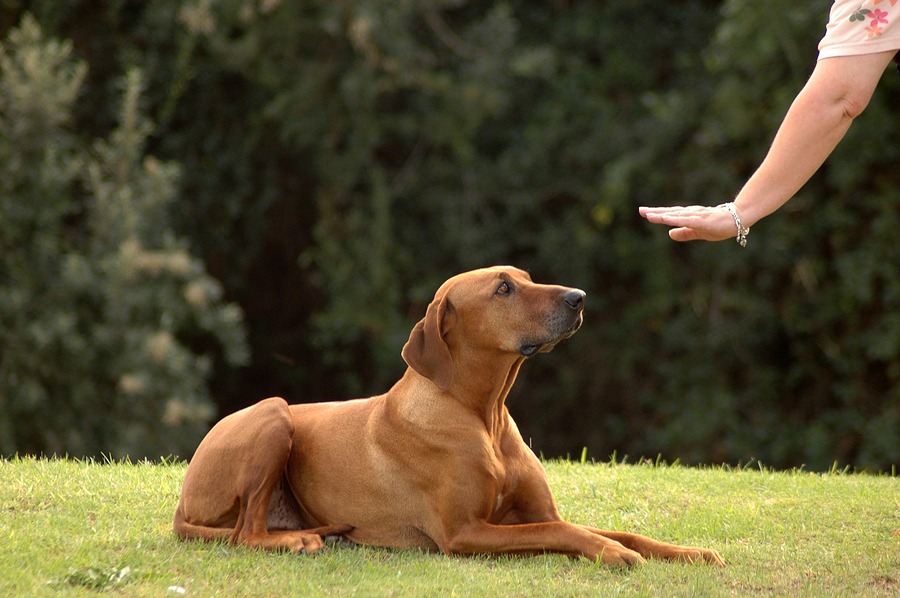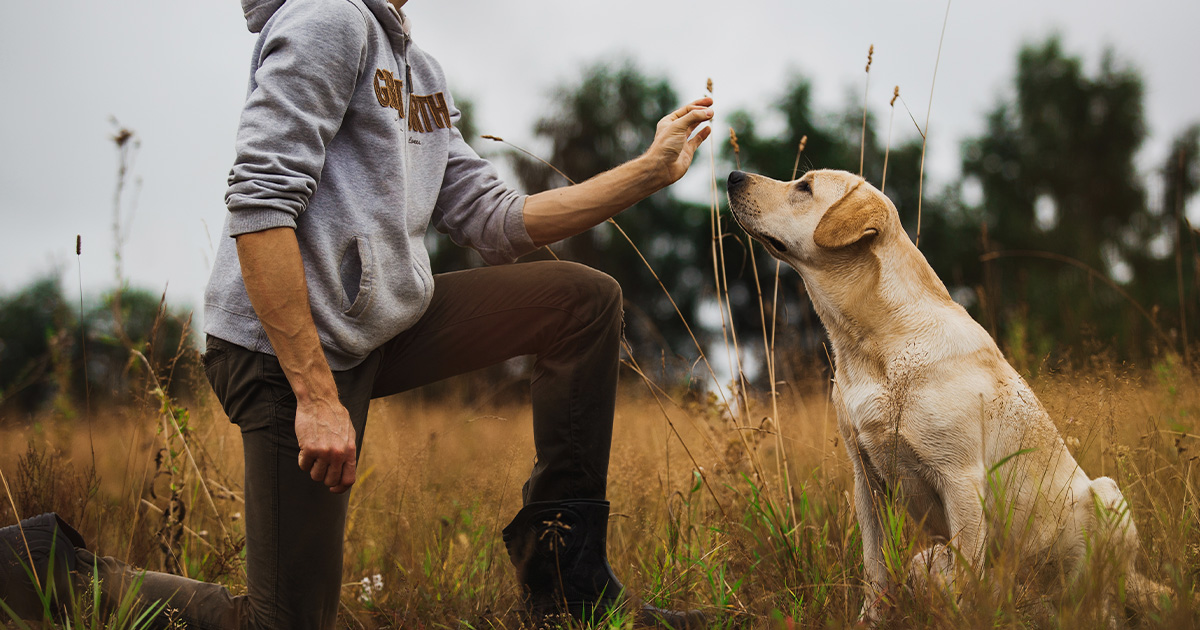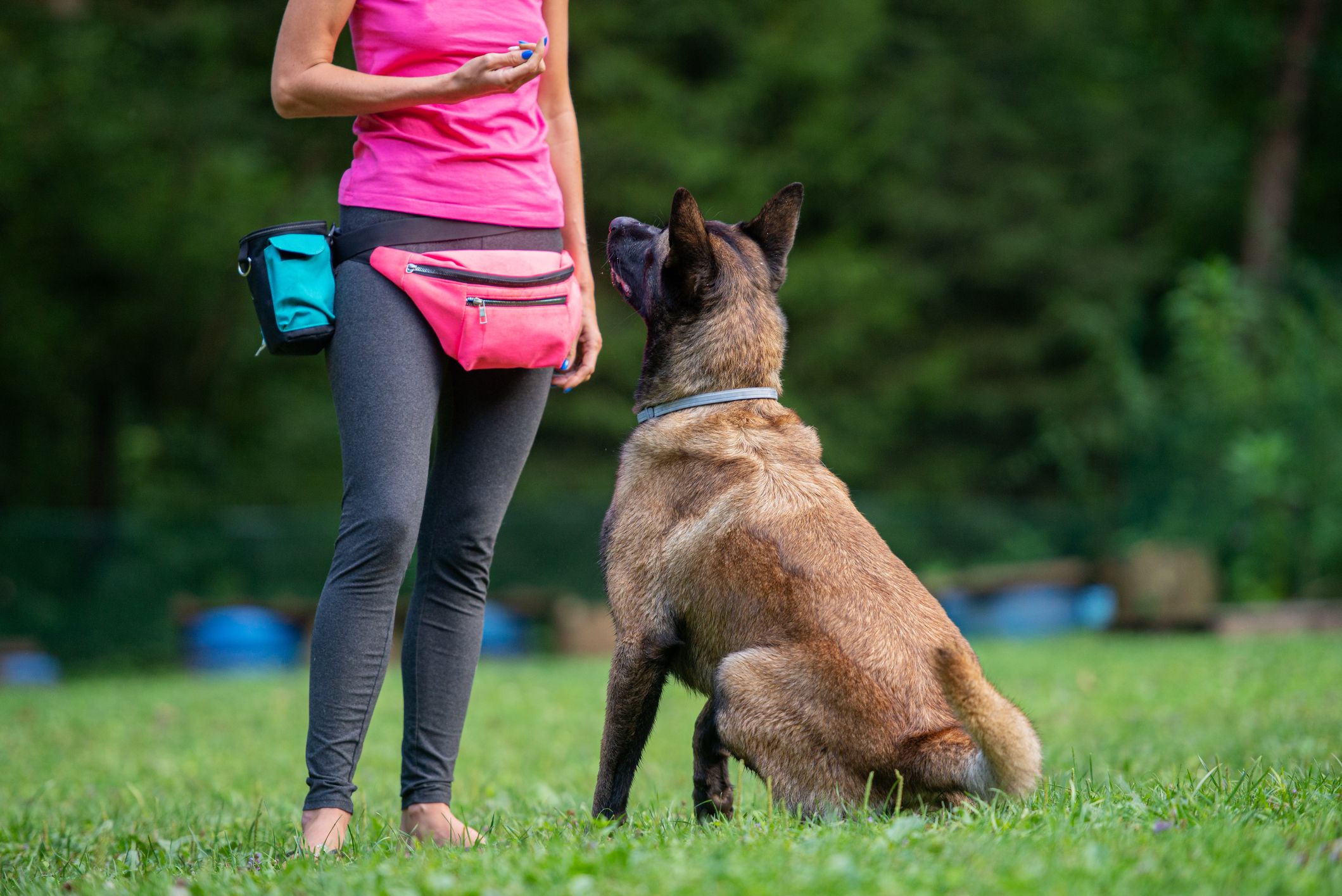Transform Your Dog's Behavior with These Proven Dog Training Methods
Transform Your Dog's Behavior with These Proven Dog Training Methods
Blog Article
Top Pet Training Strategies Every Proprietor Ought To Know

Favorable Support Methods
Using positive reinforcement methods is important for effective canine training, as it fosters a trusting bond in between the dog and the instructor. This technique focuses on rewarding preferable habits as opposed to penalizing unfavorable ones, creating an environment conducive to finding out. Incentives can consist of treats, appreciation, or play, which motivate pets to duplicate the behaviors that gain them these rewards.

Furthermore, this technique enhances the canine's excitement for training sessions. When pets link training with favorable experiences, they are more engaged and receptive. Past immediate therapy, favorable reinforcement encourages a joint relationship between the canine and fitness instructor, reducing anxiety and concern
To make best use of effectiveness, it is important to supply incentives promptly, making sure the pet attaches the behavior with the reinforcement. Essentially, favorable reinforcement methods not just yield better-trained canines yet also promote a harmonious partnership in between pet and proprietor.
Clicker Training Approach
The remote control training approach is a highly reliable strategy that builds on the concepts of positive reinforcement by including a distinctive audio to mark desired habits. This approach uses a small handheld tool that produces a clicking sound, allowing trainers to interact with their pet dogs in a instant and clear manner. When a pet dog performs a habits that the proprietor wishes to motivate, the remote control is activated, complied with by a reward, generally in the kind of treats or appreciation.
The trick to successful remote control training hinges on consistency and timing. It is vital to click at the precise minute the desired actions happens, making sure that the pet dog associates the audio with the activity and the subsequent incentive. This technique not only enhances interaction but also cultivates a stronger bond between the owner and the pet, as it urges interaction and interaction throughout training sessions.
Clicker training can be used to a selection of commands and habits, from standard obedience to much more complicated tricks. Its flexibility and effectiveness make it a preferred technique amongst expert instructors and animal proprietors alike, paving the means for a responsive and trained canine friend.
Leash Training Basics
Effective chain training is vital for making certain a pleasurable and secure walking experience for both canines and their proprietors. Dog training. Leash training must start early and be approached with perseverance and consistency. Begin by picking a suitable leash and collar or harness. A level collar might benefit some canines, while others might profit from a harness that lowers pulling.
Introduce your dog to the leash slowly, enabling them to discover it in a comfy setting. Method loose-leash walking once they are accustomed. This includes fulfilling your canine for strolling beside you instead than pulling ahead. Usage deals with and appreciation to reinforce preferred actions, and make certain to continue to be assertive and tranquil.
If your pet dog begins to pull, quit walking right away. Furthermore, practice numerous strolling atmospheres to help your dog adjust to diversions.
Routine practice will strengthen your pet dog's understanding of leash etiquette. Keep in mind that chain training is a continuous process; patience and consistency will generate the most effective outcomes, cultivating a favorable experience for both you and your canine companion.
Socializing Approaches
Socialization is a vital element of pet dog training that must ideally start during puppyhood but can be beneficial at any kind of age. Reliable socialization aids pet dogs develop self-confidence and lowers the probability of behavioral concerns. To carry out successful socializing approaches, expose your pet to a range of environments, individuals, and various other pets.
Start with controlled setups, such as puppy classes or organized playgroups, where young pet dogs can communicate securely. Progressively introduce your pet dog to brand-new experiences, including various sounds, surfaces, and official statement activities. Make sure these experiences are positive and fulfilling to develop a complacency.
For grown-up canines or those doing not have direct exposure, start with low-stress situations. Short, positive communications with tranquil dogs and friendly human beings can develop favorable associations. Utilize treats and appreciation to enhance preferable habits throughout these experiences.

Uniformity and Persistence
Recognizing the relevance of consistency and perseverance in canine training is essential for attaining long lasting outcomes. Inconsistent training can lead to complication, making it difficult for the pet dog to grasp commands or habits, eventually preventing development.
Additionally, patience is an important component of effective training. Pet dogs, like human beings, learn at their own speed. Some might grasp ideas promptly, while others might take longer. It is crucial for owners to stay tranquil and supportive, enhancing favorable behavior without resorting to irritation or penalty. This fosters a trusting connection in between the canine and proprietor, motivating an extra eager and passionate student.
To grow uniformity and perseverance, develop a routine training my latest blog post routine, use the same commands, and my site make certain that all relative apply the same training principles - Dog training. By doing so, you develop a secure setting favorable to discovering, permitting your pet to develop and thrive right into a mannerly companion
Conclusion
In verdict, efficient canine training techniques, such as favorable support, clicker training, and correct chain training, are vital for fostering a healthy and balanced owner-dog partnership. Furthermore, implementing socializing methods and maintaining consistency and persistence throughout the training process adds substantially to a canine's total wellness. By integrating these approaches, canine proprietors can help with the growth of well-adjusted, obedient pet dogs, eventually enhancing the lifestyle for both the owner and the pet dog.
Among the most famous methods are favorable reinforcement, remote control training, and chain training, each offering special advantages that contribute to a mannerly dog. As we check out these fundamental methods, it comes to be apparent that understanding their nuances can substantially impact the training experience and the canine's total behavior.Using positive reinforcement strategies is essential for reliable canine training, as it cultivates a trusting bond in between the pet and the trainer.In final thought, effective canine training methods, such as favorable reinforcement, remote control training, and proper leash training, are crucial for promoting a healthy and balanced owner-dog partnership. By integrating these approaches, pet owners can facilitate the advancement of well-adjusted, loyal pets, inevitably enhancing the high quality of life for both the dog and the owner.
Report this page